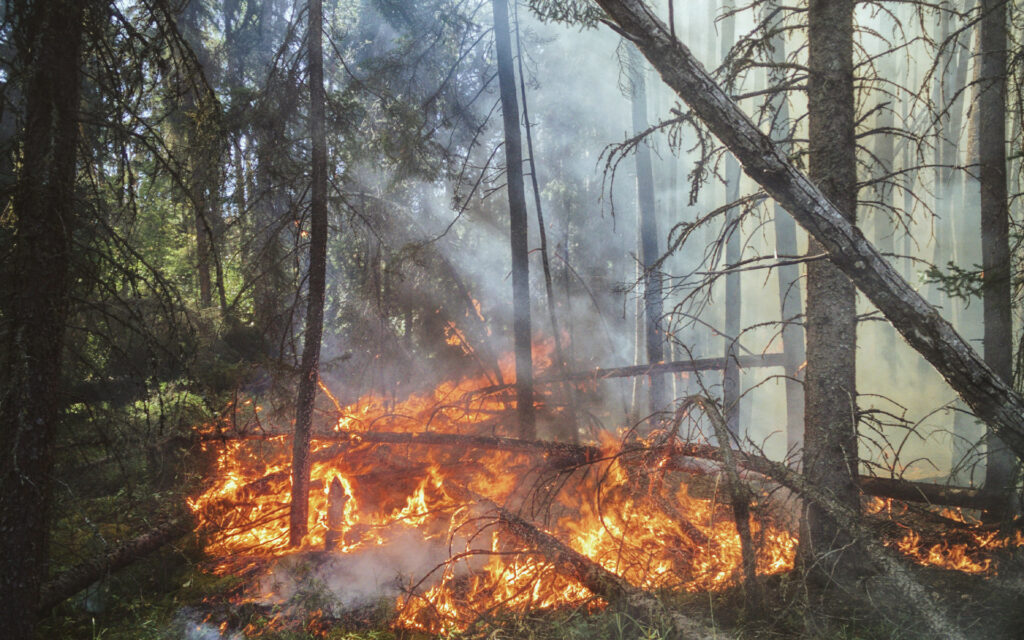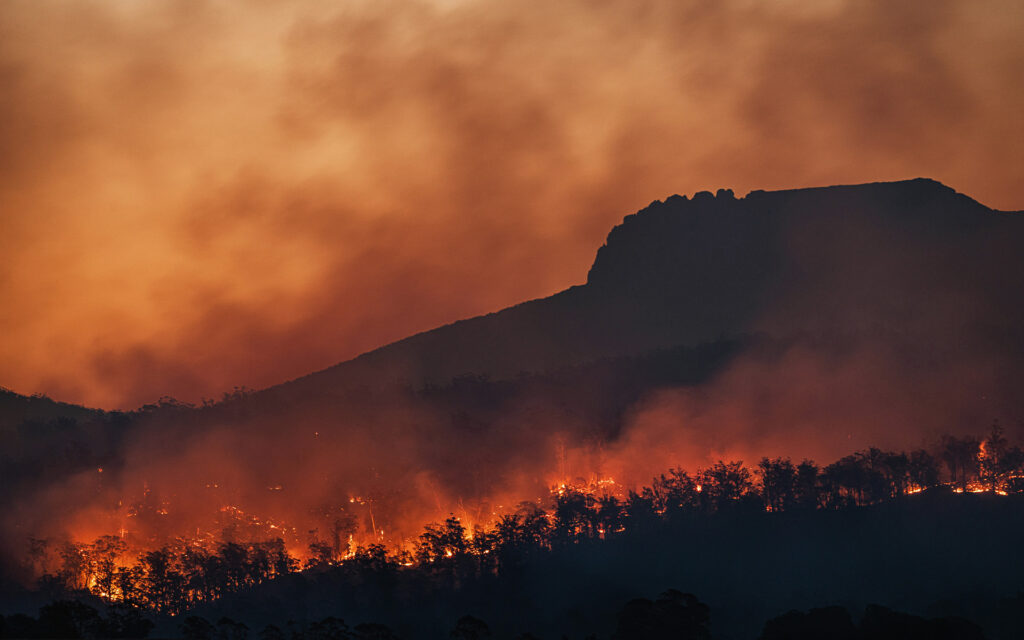According to Costa Rica’s National Commission for Risk Prevention and Emergency Attention, forest fires: “correspond to a fire that spreads uncontrolled through rural or urban vegetation and endangers people, property and the environment”.
These are the most important caused of forest destruction worldwide. A forest fire destroys not only trees and forests, but also homes, animals, sources of employment and even human life. It destroys everything in the surrounding habitat.

Causes and risks of forest fires
In the opinion of the Aquae Fundación, one of the main causes of the natural disaster is due to the intensive climatic changes that cause high temperatures, which are a major risk factor for the recurrence of the phenomenon.
“The risk of forest fires depends on several factors, including temperature, soil moisture and the presence of trees and shrubs among others. Climate change makes organic matter dry out more easily, increasing the potential for forest fires to spread”, the foundation reported.
However, other causes are due to electrical storms, for example, when lightning strikes in the wrong places. In addition. wind speed and direction, the level of moisture of the soil and atmosphere and the length of dry periods also make it difficult to extinguish fires.
Faced with advancing climate change, fires are burning more and more forest mass. Thia generates drier environments, which are increasingly favourable for the occurence of these devastating events and it damages the entire surrounding ecosystem.
Millions and millions lost
The larest data developed by researchers at the University of Maryland confirm that the phenomenon is increasing in frequency. They estimate that forest fires account for 3 million more hectares of tree cover loss per year compared to 2001.
2021 was one of the worst years for wildfires since the beginning of the century, with an alarming 9.3 million hectares of tree cover lost globally”
A University of Maryland research
In 2021, Russia lost 5.4 million hectares of trees due to fires, which is the highest figure in the last 20 years and an increase of 31% compared to 2020. The prolonged heat waves, which would have been impossible without human-caused climate change, were part of this unprecedented loss.
The consequences of forest fires are diverse and they include the death of many living beings, the disappearance of native species, increased CO2 levels, destruction of soil nutrients, loss of soil fertility, increased soil erosion, loss of property and infrastructure, as well as crops and natural resources.

How can we help?
However, there are recommendations to follow in order to avoid natural disasters and preserve nature. First of all, houses should not use plants that burn easily, such as arrizonias and cypresses. In addition, on windy days and on days of greater risk, waste should be deposited in containers or authorised dumps.
Moreover, throwing waste such as bottles and glass objects, which act as a magnifying glass, paper or other combustible materials can end in tragedy. Smoking in or around the forest is very dangerous. Also, cigarette butts and matches should not be thrown, especially on the roads, as they can be carried and set off by the wind.
It is advisable to park cars or any other type of combustion vehicle in the designated parking areas. At least in areas without grass or bushes, as the exhaust pipe comes into contact with dry bushes and can cause a fire. Also, avoid using chainsaws or any other mechanical device that may generate sparks or extreme heat.
Strategies around the world
In Spain the Plan Especial de Protección Civil de Emergencias por Incendios Forestales (Special Civil Protection Plan for Forest Fire Emergencies) in the Community of Madrid has recently launched the #StopIncendios and #Infoma23 campaigns on social media to spread information on how to prevent and self-protect against fire.
Smokey Bear has been a symbol for the fight for the environment in the United States since 1944. A humorous cartoon, created by Albert Staehle, has been leading the fight against forest fires with the slogan “Only you can prevent forest fires”.
In Finland, forestry to prevent forest fires has been well implemented. Its approach consists of the removal of combustible material and active management of forest areas. It involves the removal of dry bushes, wood and other flammable objects, but also the production of biomass.
Finally, controlled burns have been used in California to reduce flammable material, restore the environ,ent and establish natural barriers. The burns are carried out by specialised personnel in order to remove leaves, shrubs and improve the ecosystem, as some habitats depend on fire to grow and mantain themselves, and to stop the spread of future fires.





